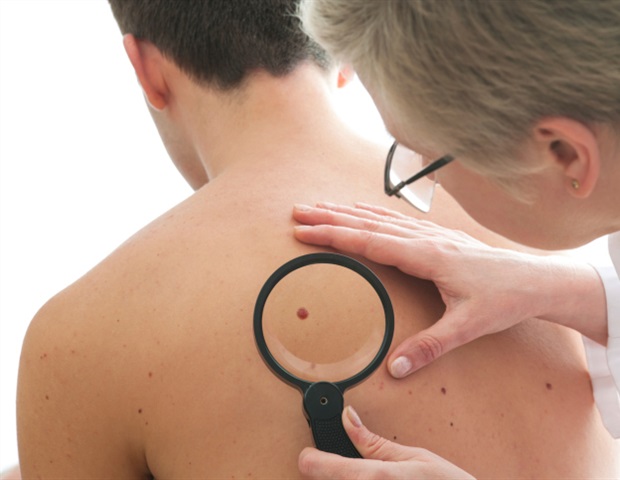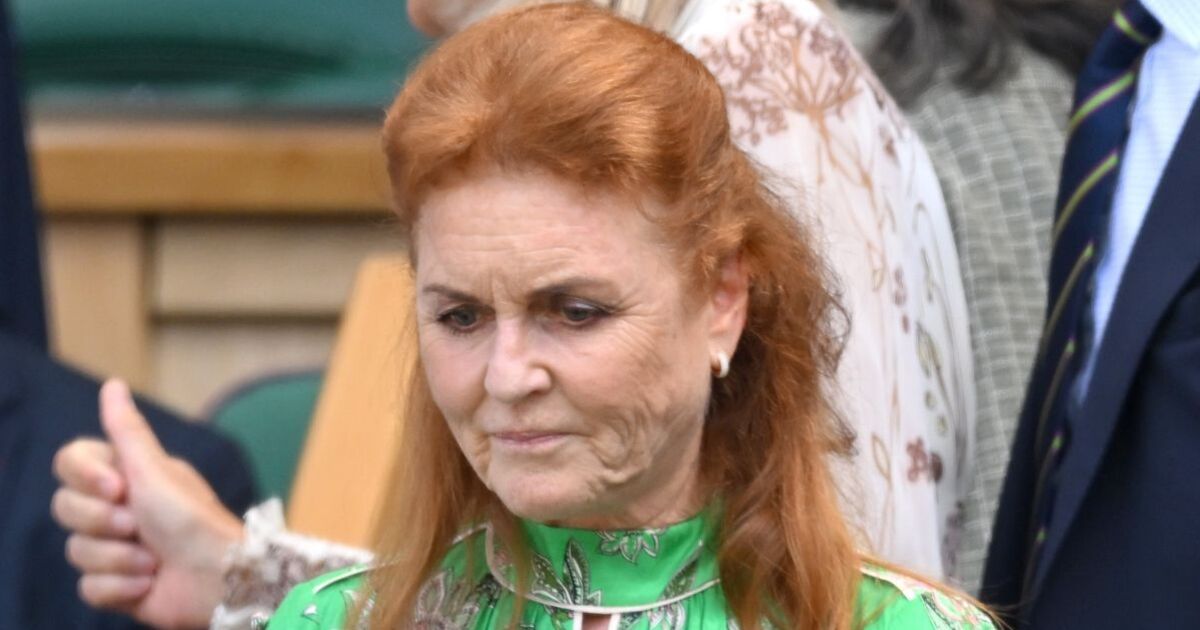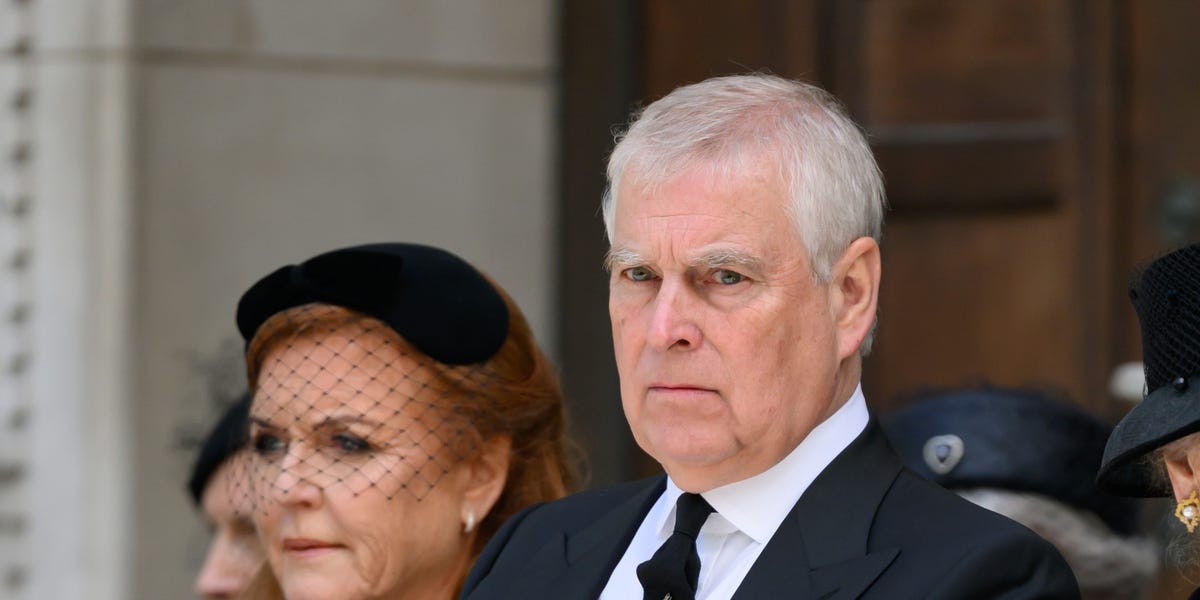A research team led by the Institute for Bioengineering of Catalonia (IBEC) and collaborating with the Biomedical Research Institute of A Coruña (INIBIC), as well as other international research groups, has developed pioneering…
Author: admin
-

When and Where to Watch NZ vs ENG Match Live Telecast?
New Zealand (NZ) vs England (ENG) 3rd ODI Match Live Cricket Streaming: England just have pride to play for against New Zealand in the 3rd ODI match on Saturday in Wellington with the visitors already 2-0 down against the hosts in the 3-match…
Continue Reading
-

Study reveals how melanoma evolves to resist immunotherapy
A study led by UCLA Health Jonsson Comprehensive Cancer Center investigators reveals how melanoma, the deadliest form of skin cancer, evolves to resist immunotherapy and identifies a potential strategy to prevent or reverse that…
Continue Reading
-

Sarah Ferguson’s friend gives verdict on reason she won’t live with Andrew | Royal | News
Sarah Ferguson’s friend has today shared the real reason why the former duchess will no longer live with ex-husband Andrew anymore. On Thursday night, Buckingham Palace confirmed that King Charles had started a “formal process” to remove…
Continue Reading
-

RWC 2027 Final Qualification Tournament Team Guide: Samoa – World Rugby
- RWC 2027 Final Qualification Tournament Team Guide: Samoa World Rugby
- Test nation banned from Rugby World Cup 2027 weeks before draw after making confession Wales Online
- RWC 2027 Final Qualification Tournament Team Guide: Brazil Rugby World Cup…
Continue Reading
-

Oral vaccine protects against Salmonella Paratyphi in human challenge trial
Scientists in the United Kingdom reported this week that an investigative oral vaccine provided significant protection in a human challenge trial against a strain of Salmonella that causes enteric fever.
The oral live-attenuated vaccine, CVD…
Continue Reading
-

Where Will Prince Andrew Live? He Wants 2 Homes, Including Meghan and Harry’s Past Residence
Andrew Mountbatten-Windsor, formally known as Prince Andrew, will soon have a new royal address. On October 30, Buckingham Palace officially announced that King Charles has begun the formal process to remove his brother’s titles, and he will now…
Continue Reading
-
Warming oceans threaten to destabilize Antarctica’s ice shelves, study warns-Xinhua
LONDON, Oct. 31 (Xinhua) — A new study in Nature warns that rising ocean temperatures could cause about 60 percent of Antarctica’s major ice shelves to lose long-term stability by the year 2300, significantly increasing the risk of global…
Continue Reading
-

Step count tied to lower mortality and heart disease risk in older women – Contemporary OB/GYN
- Step count tied to lower mortality and heart disease risk in older women Contemporary OB/GYN
- One long walk beats short strolls for a healthy heart, study says BBC
- One Factor in Walking May Improve Your Heart Health More Than Your Step Count
Continue Reading
-

Step count tied to lower mortality and heart disease risk in older women
Step count is a key factor for reducing health risks in older women, according to a recent study by Mass General Brigham researchers.1
The study evaluated how many steps women take and how often they reach their step target across the week.1 In…
Continue Reading
